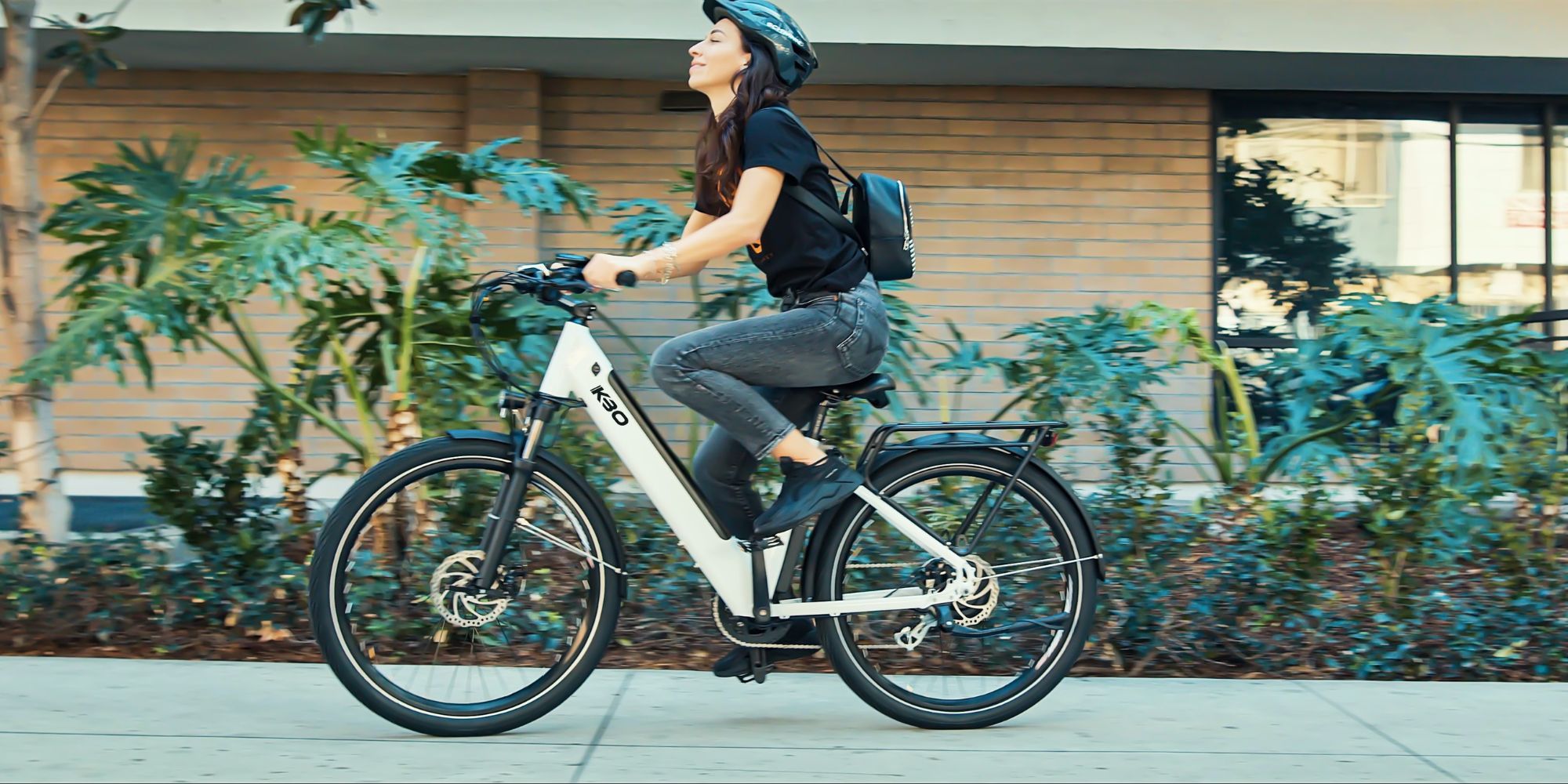Is a Bike Helmet an Appropriate Piece of Ski Gear?
As we all know it is physically possible to wear a bike helmet while skiing, the question is, should you?

Can a bike helmet be used for skiing? The short answer is: Its probably not the best idea. Skiing can be an incredibly exhilarating and enjoyable experience.
But, as with most outdoor activities, it’s important to make sure you’re taking the necessary precautions before you head out.
One of those precautions includes wearing a helmet. But can you use a bike helmet for skiing? Let’s take a look at the pros and cons of doing so.
Is There a Difference Between Bike and Ski Helmets?
There is a big difference between a ski and bike helmet. Ski helmets are designed and tested to meet specific safety standards for skiing activities.
That includes having a hard outer shell, and inner layers of foam that absorb shock when you hit the ground.
Bike helmets, on the other hand, are made with softer materials that provide protection against head injuries caused by falls or collisions while bicycling.
The most common falls and injuries for both sports are very different and the protective equipment needs to be able to accommodate for that.

Why Wearing a Proper Ski Helmet is Important
As a skiing enthusiast, one of the most vital components of your gear is the ski helmet. If you think that daring the mountain slopes without one is brave or cool, you are horribly mistaken. Not only is it dangerous, but it's also not smart.
A proper ski helmet protects you from common ski injuries by absorbing the impact of a heavy fall or collision.
And, unlike a typical bike helmet, a ski helmet is engineered specifically for the cold and snowy conditions of the mountain. It's an essential piece of equipment that you should consider investing in before hitting the slopes.
Plus, let's not forget it looks way cooler than a bike helmet on the mountain! So, be safe and stylish with a proper ski helmet.
Legalities Surrounding Safe Helmet Use While Skiing
In most jurisdictions its not required to wear helmets of any sort when skiing. You should always double check the local laws just to be sure.
Its also worth noting to check if a ski resort has its own set of rules before skiing there.
Some ski resorts require helmets and if you don't have one most of those resorts offer them for rent.
That being said, even if its not legally required you should still wear a proper ski helmet for the reasons mentioned above.
What Happens if You Crash While Wearing a Bike Helmet Skiing?
It all really depends. It could be that the helmet protects you and you sustain no injuries. But as the helmet isn't specifically designed for the sport you could sustain an injury you would not have had with the proper gear.
Depending on the speed, angle, and type of helmet you're wearing while skiing, you can suffer a variety of injuries if you crash while wearing a bike helmet.
Generally speaking, bicycle helmets are designed to protect against rotational forces that are generated in impacts from falls from bicycles at lower speeds.
Skiing requires more protection because of higher speeds and sharper angles which can cause greater risk of head trauma.
The Pros and Cons of Using a Bike Helmet for Skiing
There are some pros and cons to wearing a bike helmet when skiing. Its always best to be fully armed with all the right information:
Pros of Using Bicycle Helmets for Skiing
One big advantage of using a bike helmet for skiing is that they are often more affordable than traditional ski helmets.
If you’re on a tight budget, this may be an appealing option. Additionally, bike helmets tend to come in more colors and styles than ski helmets, so if style is important to you, this may be the way to go.
The cycling helmet is not designed to prevent a serious head injury in icy conditions so it is not reccomended for this sport.
Cons of Using a Bicycle Helmet for Skiing
The biggest con of using a bike helmet for skiing is safety. While all helmets are designed to protect your head in the event of impact or collision, ski helmets are specifically designed for downhill skiing, which involves higher speeds and greater heights than biking does.
As such, ski helmets have additional features that make them better-suited to handle these risks than bike helmets do—features like thicker padding and improved ventilation to help reduce heat buildup from long days on the slopes.
So if safety is your top priority when it comes to skiing, investing in a dedicated ski helmet and other gear like wrist guards should be your first choice.
Can a Bike Helmet Keep You Warm Enough for Skiing?
Wearing helmets that are not built for cold weather has disadvantages.
The first of which being the ventilation bicycle helmets are known for work against you in the cold wind.
You would need to wear something under the helmet unless it was a relatively warm day.
Cycling helmets don't keep your head warm very well at all!
Ski and snowboard helmets tend to keep you much warmer in the cold and snow.
Expert Tips on How to Choose (and Wear) the Right Ski Helmet
Whether you're a seasoned pro or a beginner on the slopes, choosing the right ski helmet can make or break your experience.
With so many different options out there, it can be difficult to know where to start. But fear not, we've got you covered.
In this section, we'll provide expert tips on how to choose and wear the right skiing helmet or snowboarding helmet.

- Key Features and Specifications When selecting a ski helmet, safety should be your top priority. Look for helmets that have passed safety certification tests such as ASTM F2040 or CEN 1077. Pay special attention to the fit and ventilation to ensure proper comfort and to maintain optimal airflow. Additionally, consider any extra features such as goggle integration, audio compatibility, and insulation, depending on your needs and preferences.
- Styles for Different Types of Skiers, Terrains, and Climates Ski helmets come in different shapes and sizes, each with their own strengths and qualities. Full-face options offer maximum coverage and protection, making them ideal for high-speed and extreme skiers. Half-shell models provide excellent balance between protection and ventilation, which is perfect for skiers who prefer milder terrains. If you're looking for a compromise option, hybrid helmets combine the best of both worlds. Additionally, look for options with removable ear pads or adjustable ventilation for versatility, depending on the climate you'll be skiing in.
- Colors, Patterns, and Customization While it's tempting to choose a helmet based on its aesthetics, remember that safety takes precedence over fashion. That being said, many brands offer options for customization or personalization, so you can still show off your style. Be sure to choose a color or pattern that will enhance your visibility on the slopes, especially if you're planning to ski at night.
- Measuring, and Proper fit is crucial when it comes to skiing helmets. Be sure to measure your head carefully to ensure the right size - most brands provide size charts on their websites. Making sure the helmet fits will go a long way in your comfort and security. When trying on helmets, be sure to wear your goggles to ensure a good fit between the two. Proper care and maintenance of your ski helmet is also essential for long-term performance. Clean it regularly with a mild soap and warm water, and avoid using any harsh chemicals or abrasives.
Choosing the right ski helmet might seem daunting, but by following these tips, you'll be well on your way to a safe and comfortable skiing experience.
It goes without saying a motorcycle helmet is not a good substitute either. Don't wear bike helmets or motorcycle helmets unless you are biking or Riding.
Conclusion
Ultimately, while it may be tempting to save money by using a bike helmet for skiing, it’s not recommended if safety is your primary concern.
If you want peace of mind while on the slopes and don’t want to break the bank doing it, there are plenty of mid-priced ski helmets available that provide ample protection without breaking your budget.
So make sure you invest in the proper gear before heading out onto the snow – your head will thank you!

